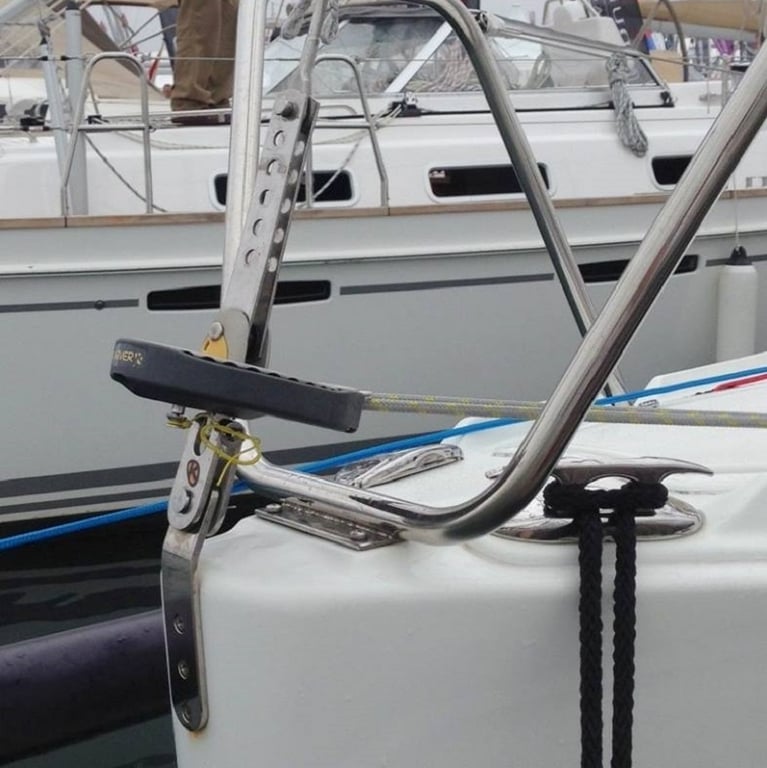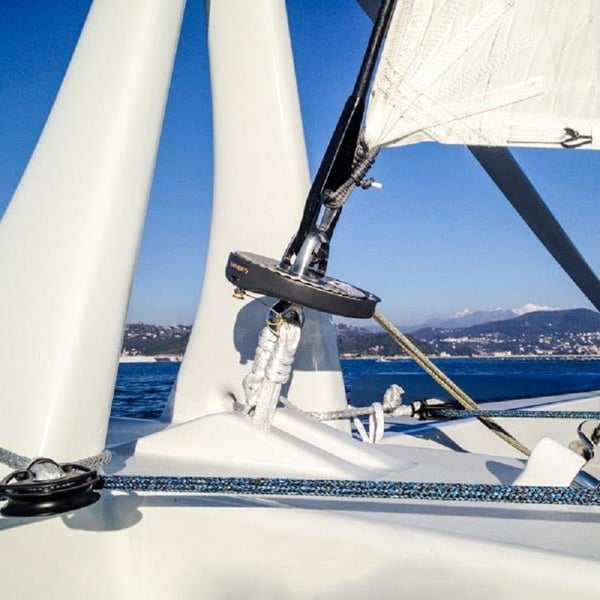
Image credits: Ronstan ©Wauquiez
Lots of equipment onboard is load dependant and apart from length and ballast of the boat the primary driver is sail area. It is therefore unsurprising that a lot of hardware manufacturers use sail areas as a primary specification criterion.
This blog gives you the key rig and sail dimensions plus the formulas you need to calculate your sail areas.


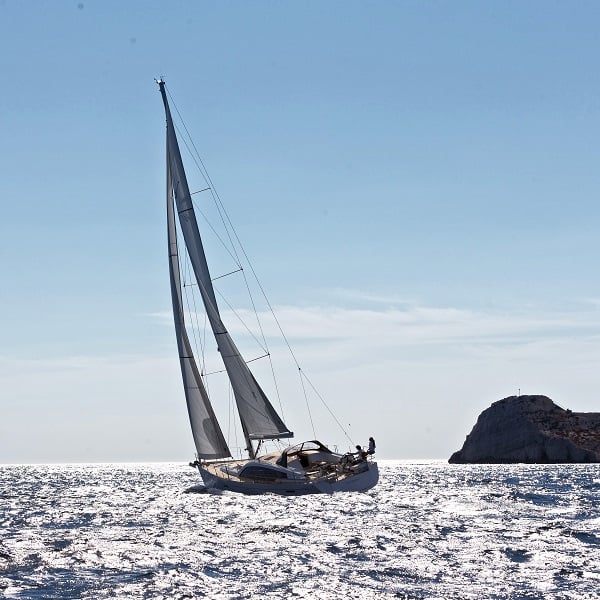
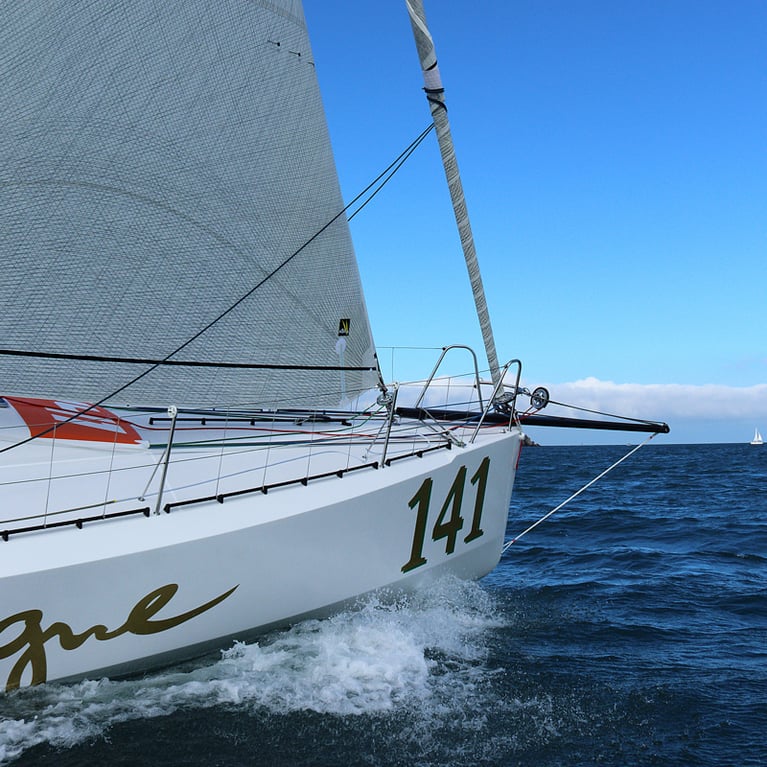
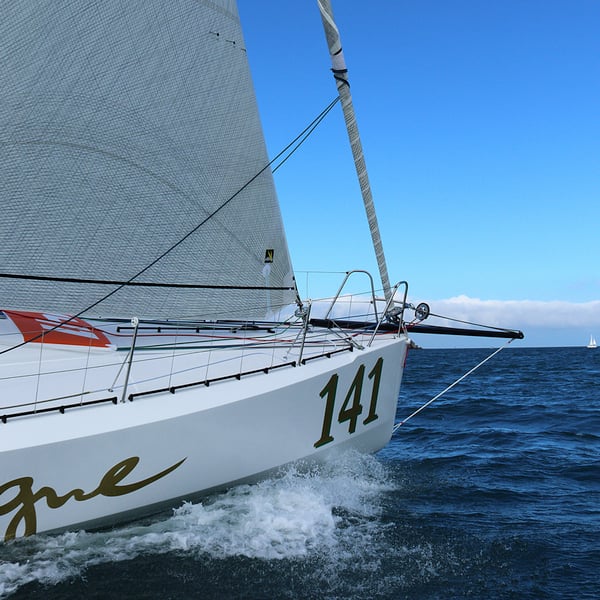
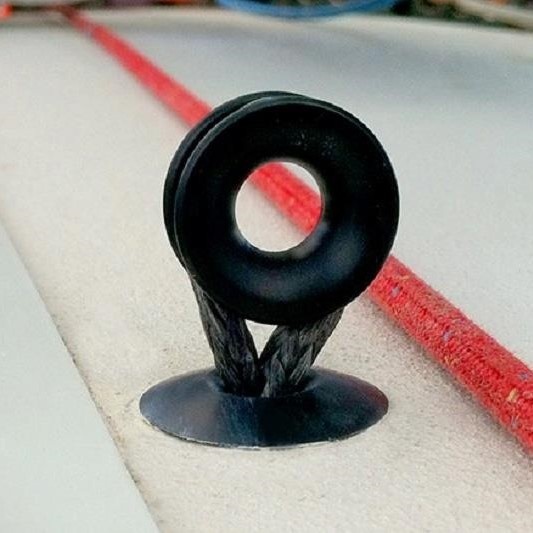
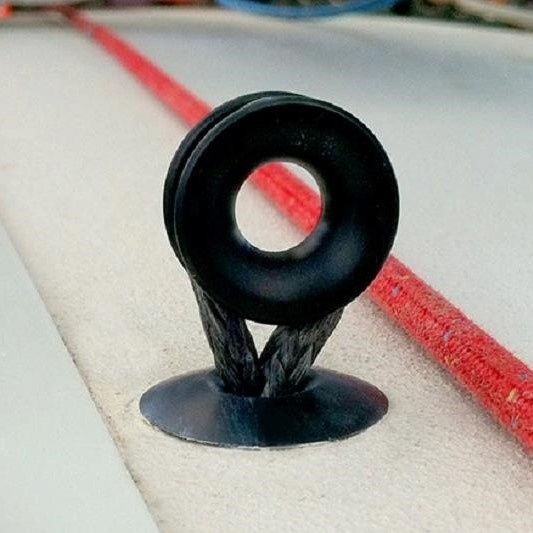
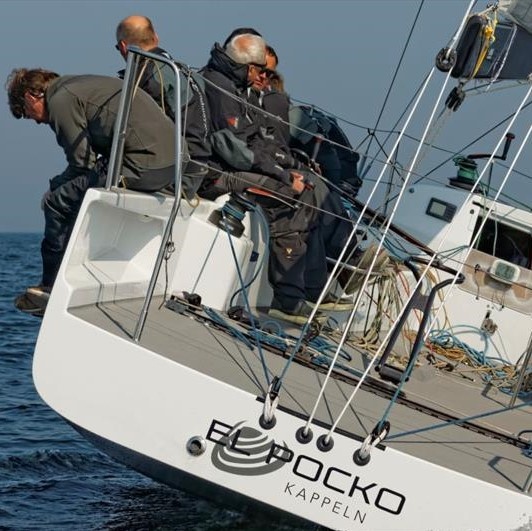
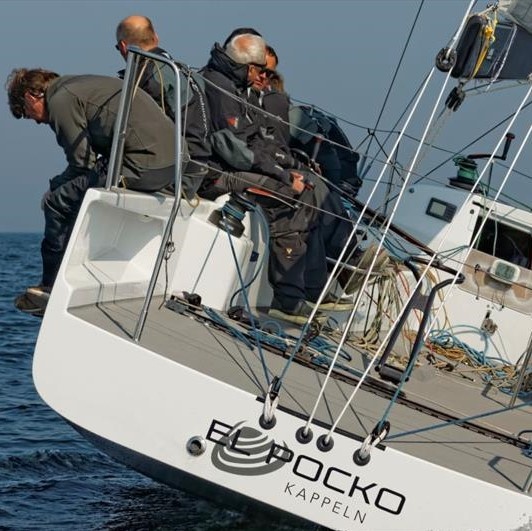
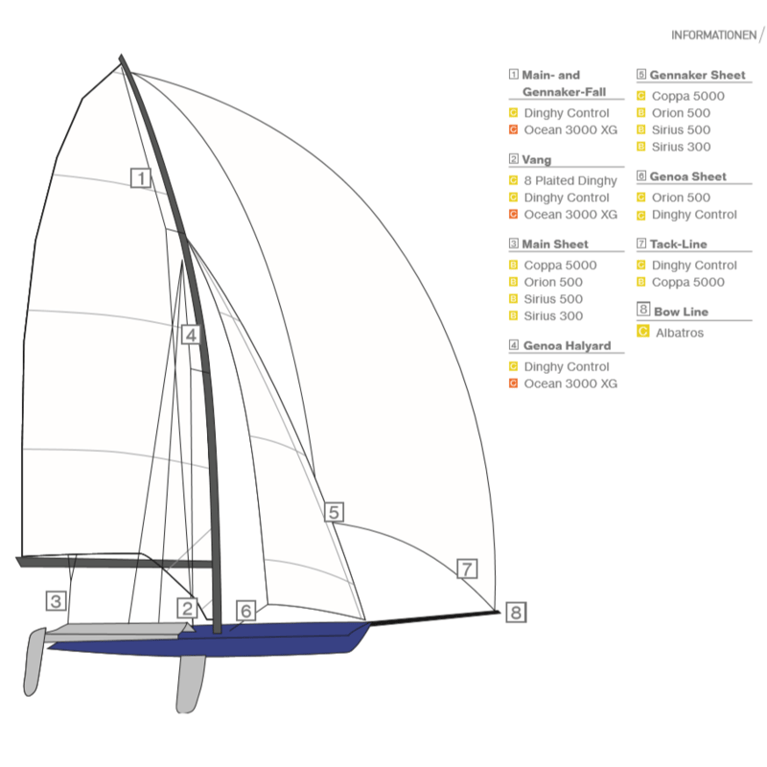
 FSE Robline has an extensive range of lines specifically developed for dinghies and small sport boats.
FSE Robline has an extensive range of lines specifically developed for dinghies and small sport boats. 